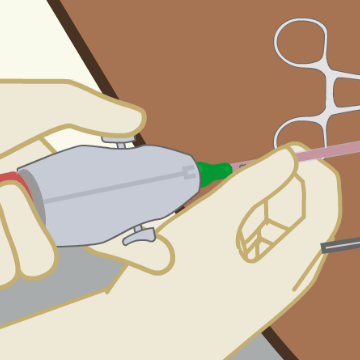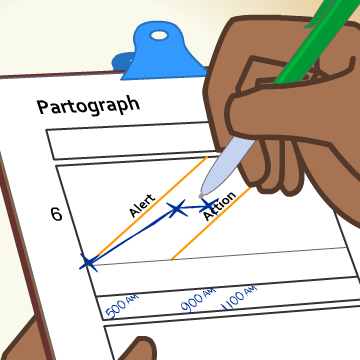
Infection Prevention

Post Abortion Care

Hypertension

Active Management of Third Stage Labour

Prolonged Labour

Post Partum Haemorrhage

Manual Removal of Placenta

Maternal Sepsis

Neonatal Resuscitation

Newborn Management

Low Birth Weight

Normal Labour and Birth
1. Lecture
A lecture usually represents some sort of overview of a part of a topic, rather than a very specific study on a specific topic.
2. Presentation
A presentation can be done by a trainer or a student. It usually involves presenting a specific topic. It is possible that as a participant, you may be asked to give a presentation as part of an assignment.
3. Group Work
Participants discuss a topic or a question in smaller groups. The trainer typically serves as the facilitator and guides the participants as the discussion develops.
4. Think-Pair-Share
Think: Individually, participants think about a specific question. Pair: Participants discuss the question in pairs. Share: Participants share their thoughts with the class.
5. Brainstorming
A group attempts to generate ideas or find solutions to a specific problem. The participants are encouraged to think aloud and suggest as many ideas as possible.
6. Case
A case is a description of a clinical situation with focus on decision making. It can be done individually or in groups. The trainer guides the participants as the discussion develops.
7. Demonstration
Demonstration means “to clearly show”. A demonstration shows the participants a clear example of how to do a certain practice and it helps participants connect theory with practice.
8. Role-play
In role-play, the participants simulate a scenario. After the role-play, everyone involved should evaluate the situation from their specific point of view.
9. Simulation
By simulating a scenario close to reality, it is possible to test how participants will respond to an emergency, disaster or crisis situation.
10. Drills
Drills are coordinated, supervised activities that are normally used to test a single specific operation or function.
11. Game-Based Learning
“Have Fun While You Learn” is the theory behind game-based learning. By using different types of games, the participants normally become more engaged in a topic.
12. Storytelling
The participants or the trainer tell a story from a real-life situation. By using storytelling, the participants can share experiences from a given situation.






